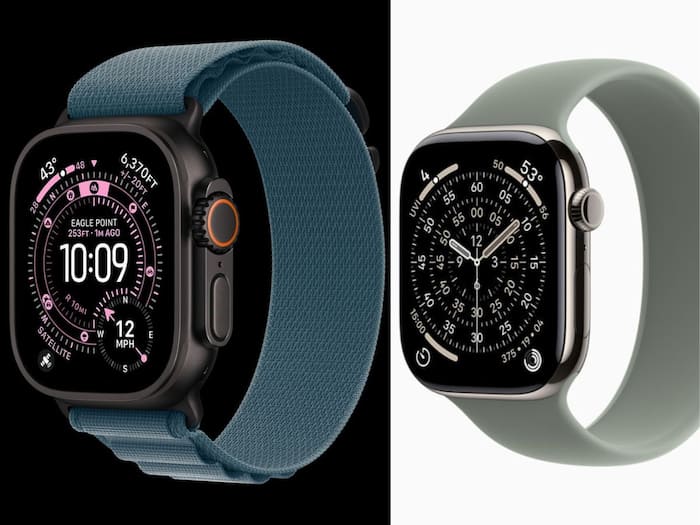
Written By Divya
Published By: Divya | Published: Nov 18, 2025, 08:38 PM (IST)

Apple has finally done something that the tech industry has been trying to crack for years – using 3D printing not just for prototypes, but for mass production. And the company is doing it at scale, with recycled titanium, for two of its newest wearables: the Apple Watch Ultra 3 and the titanium Apple Watch Series 11. Also Read: How iOS 26 Helps You Stop Spam Calls: 7 Things To Know
If you’re wondering why this matters, then know Apple has figured out how to 3D-print millions of identical watch enclosures using 100% recycled aerospace-grade titanium powder. And according to Apple, this shift cuts raw material use by nearly half. Also Read: Tim Cook to Step Down as Apple CEO in 2026? Here’s Who Might Replace Him
Inside Apple, the idea didn’t start as a polished plan – more like a bold question: Could 3D printing replace traditional metal machining for premium devices?
Once the question was asked, teams across product design, materials science, and environmental engineering apparently jumped in with rapid prototyping and testing. Apple wanted these cases to look and feel exactly like the forged versions – the polished mirror finish on Series 11, the rugged durability of Ultra 3, the lightweight feel, everything.
And all of that had to happen while sticking to Apple’s big sustainability target: Apple 2030, which aims to make the company carbon neutral across its entire footprint by the end of the decade.
Traditionally, metal watch cases are forged and then carved down – which means a lot of titanium gets shaved off and wasted. With 3D printing (or additive manufacturing), Apple builds the case layer by layer, more than 900 times, until it’s nearly the exact final shape.
Even the titanium powder itself had to be engineered. Each particle is around 50 microns, and its oxygen levels must be tightly controlled so it doesn’t behave unpredictably when hit by a laser. Apple describes this as a massive materials-science challenge.
Once a batch is printed, the cases go through multiple steps – depowdering, slicing them apart with a heated wire, precision inspections, and then the usual assembly and stress testing. Apple even used 3D printing to improve tiny internal textures, allowing better waterproofing for antenna housings. The result? Over 400 metric tons of raw titanium were saved this year alone.
But the question is, how will it impact you? With Apple now mass-producing premium parts through 3D printing, the door opens for even more design flexibility in future devices. In fact, Apple says it has already used the same recycled titanium powder for the 3D-printed USB-C port enclosure in the new iPhone Air. And from the way Apple is describing this shift, it’s clear this isn’t a one-off experiment. This is Apple quietly rewriting how its products – and maybe the industry – will be built in the future.